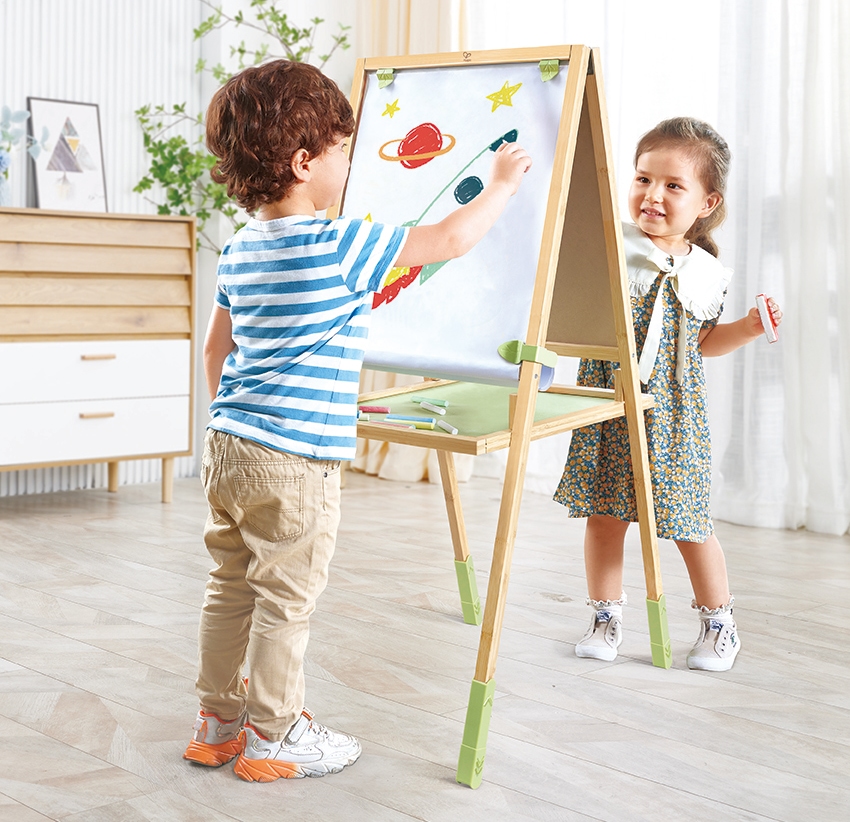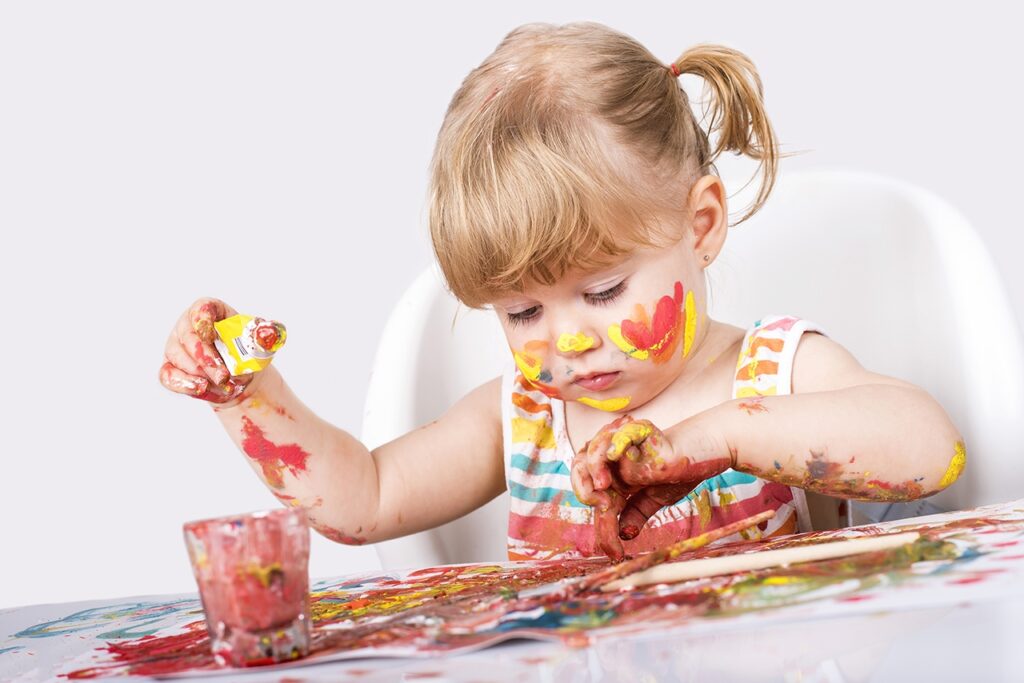05 March 2024
4 min.
Everyone loves colours, they’re bright, fun and can even be a key personality trait. But did you know that some scientific studies have also determined certain colours can improve sleep habits, increase memory power, and enhance academic performance?
It can be challenging to teach children about colours without educational aids and research, so we've compiled this handy guide to help you teach colours at home. Read on to discover all the fun ways you can teach children about COLOURS!

Whilst the name “Colour Theory” may seem overly technical, it’s as simple as helping children recognise colours and here’s how you can break it down.
To effectively teach colour names to toddlers, it helps to integrate learning into daily routines. For example, pointing out the colours of everyday objects, engaging children in sorting activities by colour, and by incorporating books that vividly explore the colour spectrum. Encouraging toddlers to express themselves through colourful art is also key, allowing them to experiment with primary colours like red, blue, and yellow, before gradually introducing a wider palette. This approach ensures a solid foundation in recognising and naming colours, making learning enjoyable and natural.
If you’re up to a slightly messier version of teaching, you can set up your very own Colour Mixing Lab. For this you’ll need to designate a specific area for the activities, such as a wipe-clean tablecloth or a plastic tray to contain spills. Make sure to use washable materials and protect clothing with aprons or old shirts for a safe and tidy environment.
This setup not only keeps the exploration stress-free for parents but also encourages toddlers to experiment and learn through sensory play without any boundaries. We’ve listed 3 activities that include child-friendly materials like edible paints, watercolours, food colouring, and coloured ice cubes that are non-toxic and easy to clean.

If mess is’nt your style, we’ve also got 2 exciting games that you can play. These games will introduce colours and open up a whole new world of exploration for your children.
In wrapping up our colourful journey, it’s clear that the world of colours offers endless possibilities for learning and fun. From the basics of colour theory to the hands-on mess of mixing and the strategic play of colour-based games, there’s a spectrum of ways to engage and educate children about colours. Plus, learning about colours can be an exciting and rewarding experience for children as they grow, especially when engaging in hands-on creative fun. Parents engaging in their child’s colourful discoveries not only reinforce this learning but also deepen bonds through shared creative experiences.
Make sure to tag us and share your child’s colour mixing moments on our socials too!
